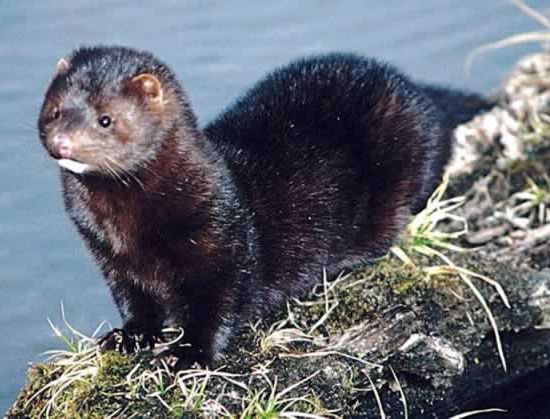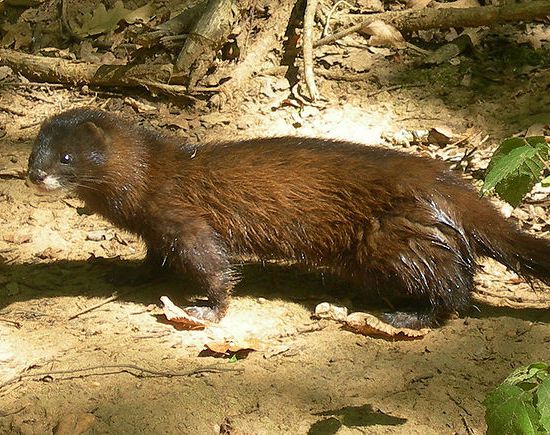
|
Harmony and Luckiness Imp.&Exp. Co., Ltd. |
|
|||
Products Category |
Amercian MinkProduct name : Amercian Mink Item : M-01 Details :The two living species referred to as "mink" are the European mink and the American mink. The extinct sea mink is related to the American mink, but was much larger. All three species are dark-colored, semiaquatic, carnivorous mammals of the family Mustelidae, which also includes the weasels, otters and ferrets. The American mink is larger and more adaptable than the European mink. It is sometimes possible to distinguish between the European and American mink; a European mink always has a large white patch on its upper lip, while the American species sometimes does not. Thus, any mink without such a patch can be identified with certainty as an American mink, but an individual with a patch cannot be certainly identified without looking at the skeleton. Taxonomically, both American and European mink used to be placed in the same genus, Mustela (weasels), but most recently the American mink has been reclassified as belonging to its own genus, Neovison. The American mink's fur has been highly prized for its use in clothing, with hunting giving way to farming. Its treatment has also been a focus of animal rights and animal welfare activism. American mink have found their way into the wild in Europe (including Ireland and Great Britain) and South America, after escaping from captivity. The Amercian Mink: Characteristics
The mink has a long, sleek body about two feet long. It has short, stubby legs; a long neck; small ears and eyes and a long, thick tail. In fact, one third of the mink's length is its tail! It has brown to black fur with white fur on its chin and a little bit of white fur on its throat. Its fur is very soft and thick and covered with oily guard hairs that make the mink's coat waterproof. The mink has slightly webbed feet. Diet
The mink is a carnivore. It eats muskrats, rabbits, mice, chipmunks, fish, snakes, frogs and birds. It kills its prey by biting it on the neck. It sometimes stores extra food in its den. The mink digs its den in river banks or it finds a hollow log or an abandoned beaver or muskrat den. It never uses the same den for long. Range
The mink can be found in most of the United States and Canada except for Hawaii, Arizona, southern California, southern and central Utah, southern New Mexico and western Texas. Life Cycle
Mating season runs January through April. The female will have a litter of three to six young in a fur-lined nest. The babies are weaned when they are five to six weeks old. The babies will stay with their mother until the fall. Habitat
The mink lives in forested areas that are near rivers, streams, lakes, ponds and marshes. Behavior
The mink spends a lot of its time in the water hunting for food. It is a good swimmer and can dive as deep as 16 feet. Like the skunk, the mink sprays intruders with a foul-smelling liquid. Unlike the skunk, the mink can't aim its spray! When the mink is happy, it makes a purring sound like a cat. The mink is very territorial and males will fight other minks that invade their territory. The minks marks its territory with scent. Send Inquiry : |
Copyright © 2025 Harmony and Luckiness Imp.&Exp. Co., Ltd. All Rights Reserved







 Cattle
Cattle  Type Breed Aquatics
Type Breed Aquatics 

